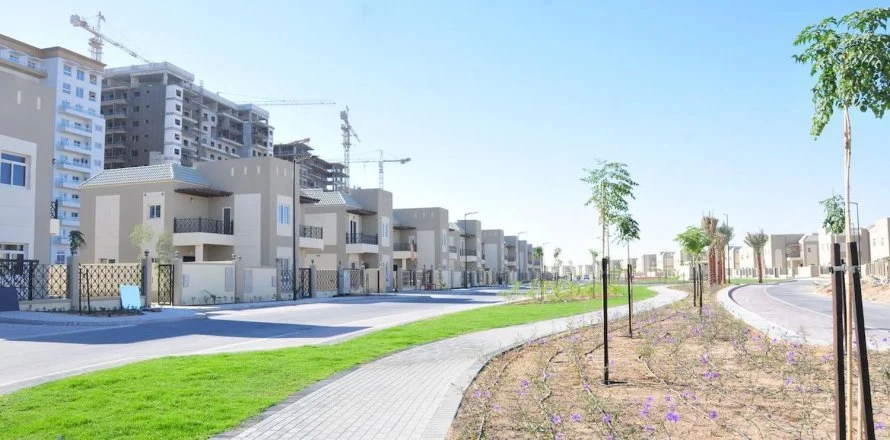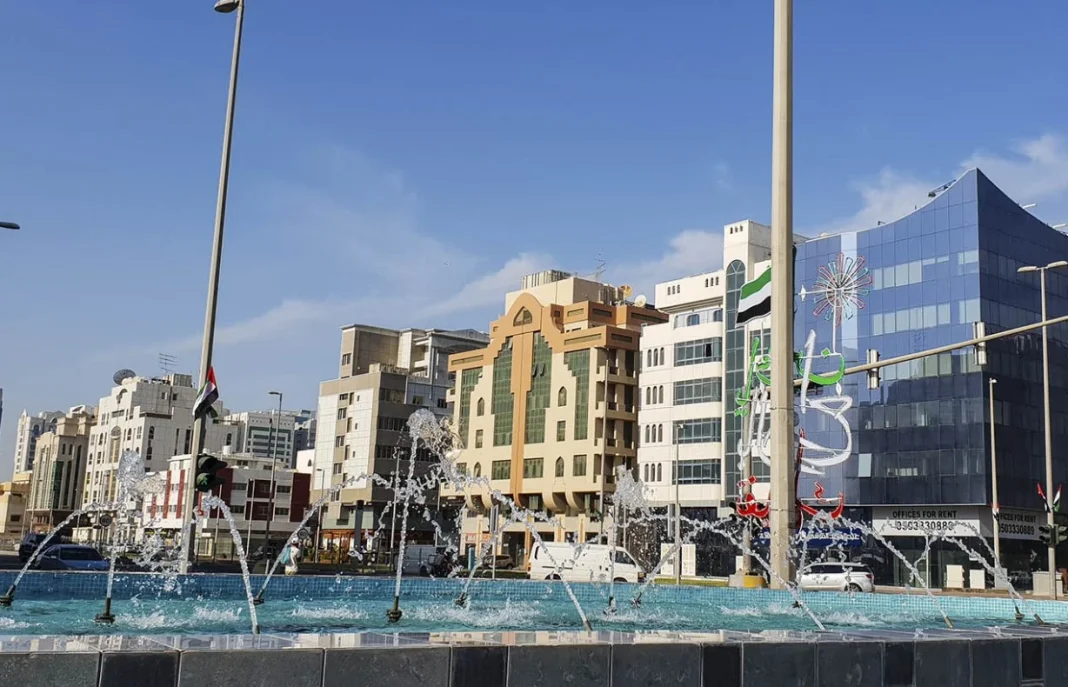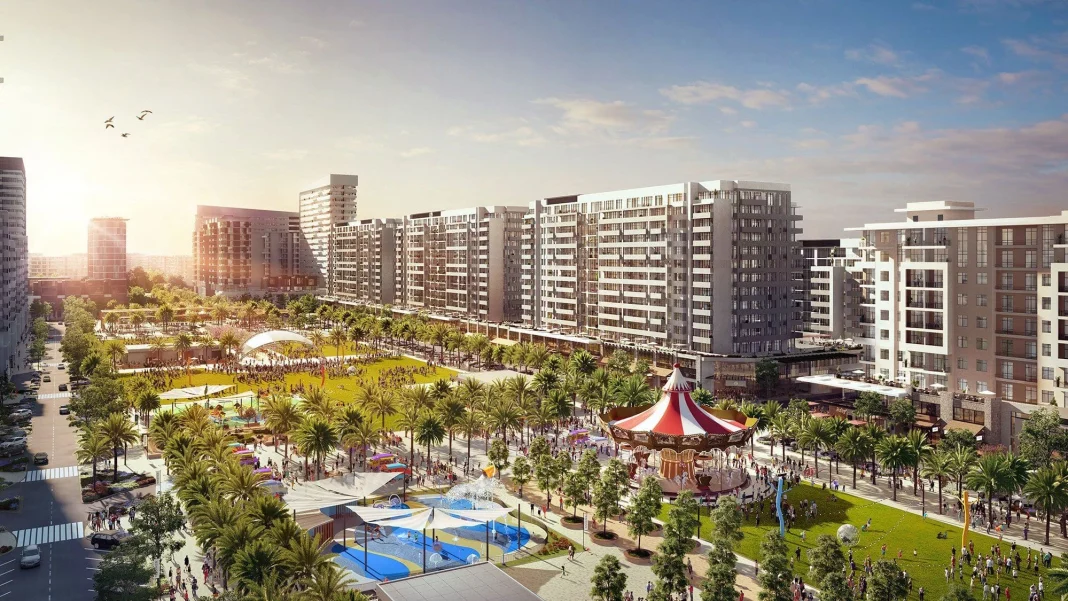The fast-paced real estate market of Dubai never ceases to amaze, constantly reinventing itself with new development hubs that redraw its already impressive urban skyline. In this playing field where exclusivity and a forward-looking vision set the rules, areas emerge that, almost stealthily, position themselves as strategic keys, and Majan is, without a doubt, one of the names that resonates with growing strength in knowledgeable circles. Cleverly located, this residential area stands out as an intelligent proposal, offering an attractive alternative near one of the most luxurious and green enclaves of the emirate, the exclusive Al Barari. It is a masterstroke in Dubai’s complex urban fabric.
The dynamic is fascinating: while some established areas reach astronomical prices, others emerge offering a different balance between quality of life, accessibility, and growth potential, a balance that perfectly defines the current appeal of Majan. It is not simply about building structures, but about weaving a community with its own identity, leveraging the momentum and prestige of its neighbor Al Barari, while forging a unique character. This development is no coincidence; it responds to meticulous planning aimed at diversifying Dubai’s residential offer, meeting an increasingly segmented demand looking for added value beyond ostentatious luxury, without giving up a privileged location or promising future prospects.
WHO IS MAJAN? A PROFILE OF A BOOMING NEIGHBORHOOD
Defining Majan means discussing an integral piece within the Dubailand megaproject, a district designed for entertainment and large-scale residential living on the outskirts of Dubai’s central bustle. Administratively it belongs to this vast area, giving it a framework of planned and ambitious development, and it benefits from a strategic location with excellent road connections, such as Sheikh Mohammed Bin Zayed Road (E311), facilitating quick access to other key parts of the emirate, including airports and business centers. Its character is predominantly residential, with a mixture of low- and mid-rise apartment buildings that seek to create a more intimate and family-friendly environment than the downtown skyscrapers.
The urban landscape of Majan is still taking shape, giving it that sense of opportunity and tangible growth in the air. Modern constructions predominate, designed according to criteria of functionality and comfort, offering a variety of housing types that attract a diverse spectrum of residents, from young professionals to families seeking their first home or an investment with potential. Although it borders the opulent Al Barari, the scale and approach here are different, aimed at creating a vibrant and accessible community where development feels organic and designed for the everyday life of its inhabitants, beyond a mere architectural showcase.
THE WEALTHY NEIGHBOR: HOW AL BARARI DRIVES MAJAN’S VALUE
Talking about Al Barari evokes images of sumptuous villas surrounded by botanical gardens, lakes, and an almost palpable atmosphere of exclusivity; it is one of the greenest and most luxurious developments throughout Dubai. This geographic proximity is one of Majan’s great intangible assets, a neighborhood that, although featuring a different price and product profile, inevitably absorbs some of the prestige and desirability associated with Al Barari. Being just a step away from a benchmark of luxury and quality of life places Majan favorably in the minds of buyers and investors, suggesting a standard of environment and a commitment to carefully curated urbanism.
The effect of Al Barari on Majan goes beyond mere perception; it translates into potential real estate value appreciation medium- and long-term. The consolidation of Al Barari as a top-tier residential destination acts as a quality anchor for the entire surrounding area, making Majan an attractive option for those who want to be close to that exclusive environment but seek more affordable entry points or a different type of housing, such as modern apartments instead of large villas. This symbiosis, where luxury pulls the value of adjacent areas, is a well-known dynamic in mature real estate markets, and in Dubai it manifests clearly in this strategic relationship.
LIFE IN MAJAN: BEYOND BRICKS AND CEMENT
A community is not built only with buildings but with spaces and services that encourage interaction and improve residents’ quality of life. In this regard, Majan is planned to be much more than a dormitory; the master plan includes the progressive development of parks, green areas, small shops, supermarkets, cafés, and possibly educational and health centers, essential elements to weave a true sense of belonging and community. Although some of these services are still in development or depend on the consolidation of neighboring projects within Dubailand, the vision is clear: to create a self-sufficient and pleasant living environment.
The resident profile attracted to Majan tends to be diverse but shares a common denominator: the search for a good balance between cost, quality, and location. Young families needing space and nearby services, professionals working in business areas accessible from the E311, or investors seeing growth and rental profitability potential, all find in Majan a proposal consistent with their expectations. The modernity of the constructions, the area’s planning, and the promise of a community environment that will enrich over time are highly valued, offering a comfortable and connected lifestyle without the prohibitive prices of more central or luxurious areas.
SMART INVESTMENT: WHY FOCUS ON MAJAN NOW?
From an investor’s perspective, Majan represents an interesting opportunity for several reasons. Its current development stage means that prices per square meter are generally more competitive than in already established or ultra-luxury areas like its neighbor Al Barari, which suggests capital appreciation margin as the area matures and promised infrastructures and services are completed. Furthermore, its strategic location within Dubailand and good connectivity position it well to capture future demand driven by Dubai’s continuous growth and large-scale events such as Expo 2020 (whose legacy continues to drive certain areas).
The rental market in Majan also shows attractive prospects. The demand for quality housing at reasonable prices is a constant in Dubai, driven by a dynamic expatriate population and families looking to settle. Apartments in Majan, due to their modern features and accessible location, are ideal candidates to meet this demand, offering potential owners solid occupancy rates and interesting investment returns. Analyzing the relationship between purchase price, associated costs, and expected rent is key, but the fundamentals of the area point to a favorable scenario for those seeking rental profitability.
THE FUTURE IS TODAY: MAJAN AS A REFLECTION OF THE NEW DUBAI
The development of Majan is not an isolated event but fits perfectly into the broader vision Dubai has for its urban future, embodied in initiatives like the Dubai 2040 Urban Master Plan. This plan places growing emphasis on creating sustainable, connected communities focused on residents’ well-being and diversifying the residential offer, moving away from the single model of skyscrapers and extreme luxury to embrace a wider variety of lifestyles. Majan, with its more human scale, community focus, and strategic location, embodies many of these principles, representing a key facet of tomorrow’s Dubai.
Ultimately, this area emerges as a calculated and valuable piece in Dubai’s complex real estate puzzle. Its growth alongside the prestigious Al Barari is no coincidence but the result of a strategy aimed at offering high-quality, well-located residential alternatives with considerable potential, reflecting the city’s capacity to reinvent itself and meet the changing needs of its population. Watching Majan’s evolution over the next few years will be key to understanding the new residential dynamics of the emirate, consolidating it as a testament to the smart and planned development that continues to define Dubai on the global stage.



